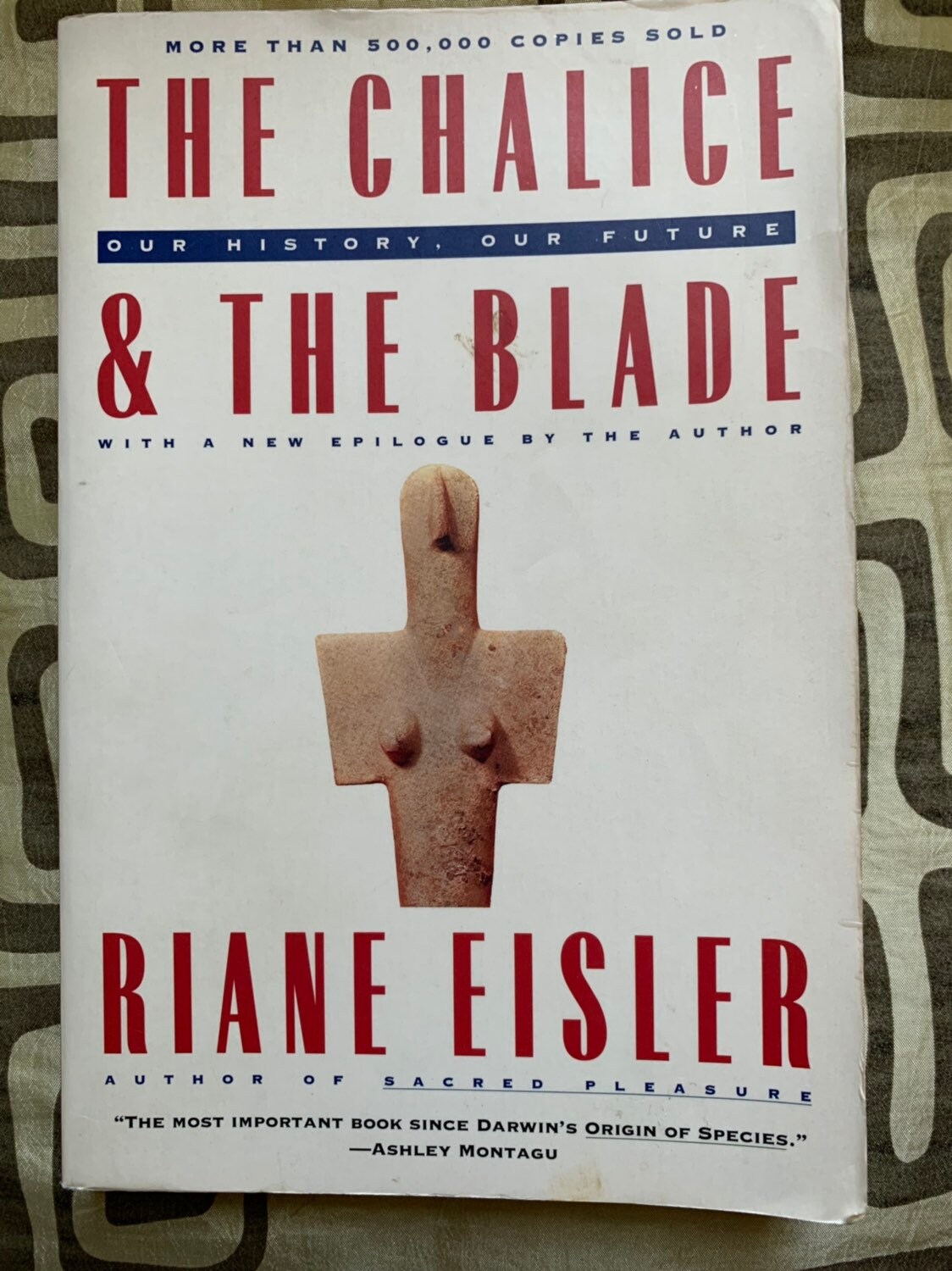
This study protocol describes a three-year study that relies on a multimedia-based prospective method to support public deliberations that will enable a critical examination of the social and ethical issues of health technology design. Those who design and implement technologies make several ethical and social assumptions on behalf of users and society more broadly, but there are very few tools to examine prospectively whether such assumptions are warranted and how the public define and appraise the desirability of health innovations. tonsurans infection.Įxamining the ethical and social issues of health technology design through the public appraisal of prospective scenarios: a study protocol describing a multimedia-based deliberative methodīackground The design of health technologies relies on assumptions that affect how they will be implemented, such as intended use, complexity, impact on user autonomy, and appropriateness. In order to eradicate this disease, we have renewed the guidelines for T. The shampoo therapy is only partially effective, with 35% of subjects remaining positive for T. The treatment protocol seems promising, but poor compliance is a problem with the oral treatment regimens. tonsurans after treatment with miconazole nitrate shampoo. Of the 23 subjects with 4 or fewer colonies, 15 (65.2%) were negative for T. Of the 46 subjects with 5 or more colonies isolated by the hairbrush method, 32 (69.6%) took itraconazole or terbinafine in compliance with their treatment schedules and were negative for T. Treatment efficacy was monitored by the hairbrush method at 1.5 and 3 months after treatment.

(b) Subjects with 5 or more colonies were treated with (1) itraconazole at a dose of 100 mg/day for 6 weeks or at a dose of 400 mg/day for 1 week, or (2) terbinafine at a dose of 125 mg/day for 6 weeks or at a dose of 500 mg/day for 1 week. (a) Subjects with no more than 4 colonies by the hairbrush method were treated with miconazole nitrate shampoo. The study subjects were 69 individuals with positive hairbrush culture from among 327 members of 12 judo clubs participating in the survey. To evaluate the hairbrush method and the treatment protocol described in the guidelines for T. Infection usually provokes only a weak inflammatory response, and treatment compliance tends to be poor. Infection with the anthropophilic fungus Trichophyton tonsurans has spread among members of combat sports clubs and has become a serious public health problem in Japan and other countries. Shiraki, Yumi Hiruma, Masataro Sugita, Takashi Ikeda, Shigaku Once initiated, the protocol will hopefully evolve as it becomes used by a sufficiently large proportion of modellers.Īssessment of the treatment protocol described in the guidelines for Trichophyton tonsurans infection. We consider ODD as a first step for establishing a more detailed common format of the description of IBMs and ABMs. In addition, 19 examples are available in an Online Appendix. We explain which aspects of a model should be described in each element, and we present an example to illustrate the protocol in use. This protocol consists of three blocks (Overview, Design concepts, and Details), which are subdivided into seven elements: Purpose, State variables and scales, Process overview and scheduling, Design concepts, Initialization, Input, and Submodels. This paper presents a proposed standard protocol, ODD, for describing IBMs and ABMs, developed and tested by 28 modellers who cover a wide range of fields within ecology. However, there is no standard protocol for describing such simulation models, which can make them difficult to understand and to duplicate.

Simulation models that describe autonomous individual organisms (individual based models, IBM) or agents (agent-based models, ABM) have become a widely used tool, not only in ecology, but also in many other disciplines dealing with complex systems made up of autonomous entities. Vabo, Rune Visser, Ute DeAngelis, Donald L. Rossmanith, Eva Ruger, Nadja Strand, Espen Souissi, Sami Stillman, Richard A. Muller, Birgit Pe'er, Guy Piou, Cyril Railsback, Steven F. Grimm, Volker Berger, Uta Bastiansen, Finn Eliassen, Sigrunn Ginot, Vincent Giske, Jarl Goss-Custard, John Grand, Tamara Heinz, Simone K.


A standard protocol for describing individual-based and agent-based models


 0 kommentar(er)
0 kommentar(er)
